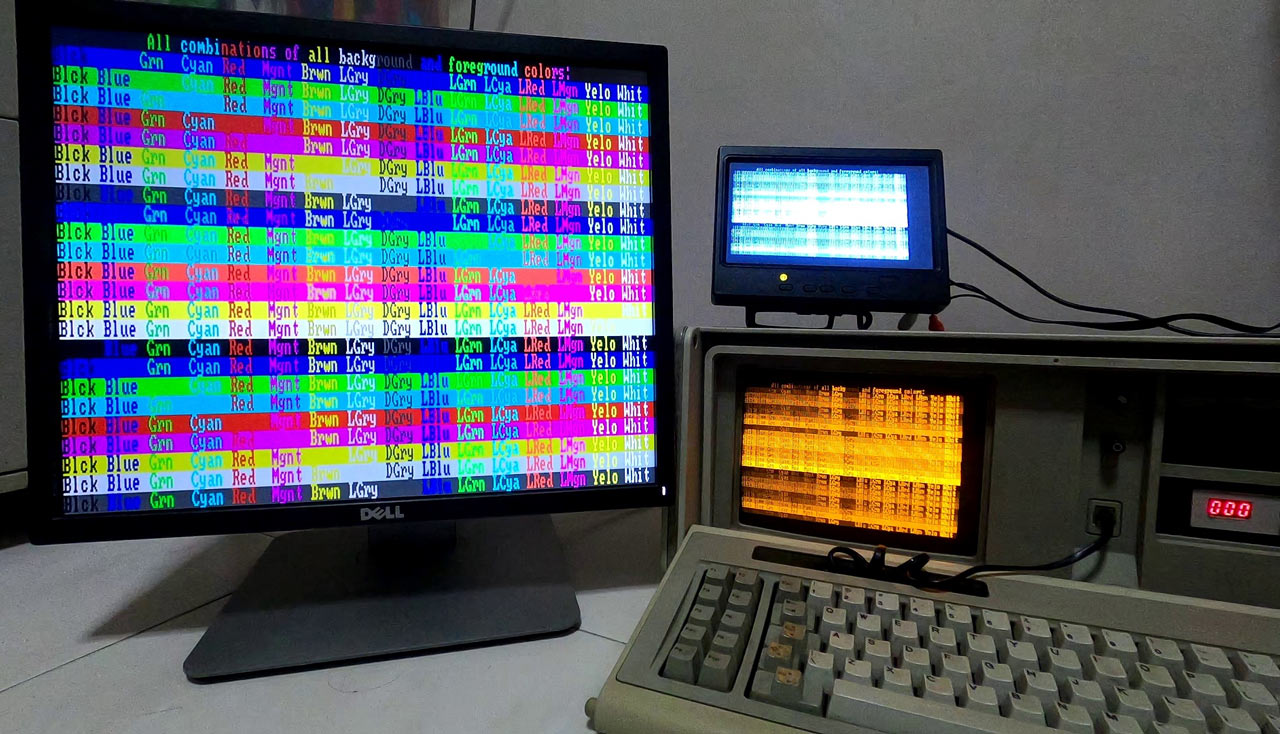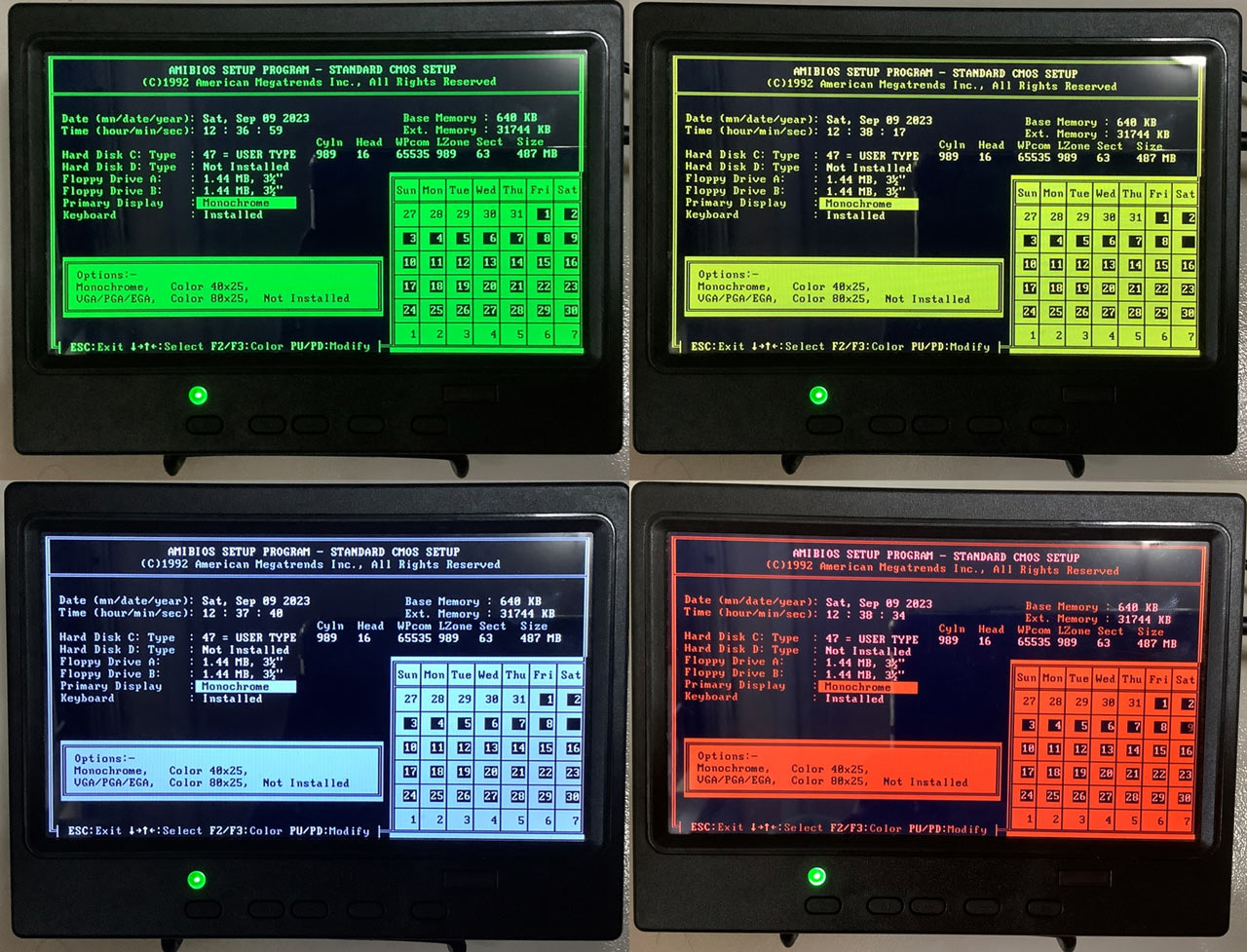Enthusiast Grafts HDMI Port Onto ISA Graphics Card
Work inspired by the lack of monitors with legacy ports in 2023.

A retro-computing enthusiast was inspired to create a heady mix of old and new, crafting an 8-bit ISA graphics card with an HDMI output. Yeo Kheng Meng detailed his ISA HDMI card shenanigans on his blog. Meng based his work largely on a prior ISA card dubbed the Graphics Gremlin (GG), by Eric Schlaepfer, which delivered Monochrome Display Adapter (MDA) and Color Graphics Adapter (CGA) compatibility to monitors via composite out and VGA ports.
A problem often faced by retro-computing enthusiasts is when and how to mix their old, lovingly cared for hardware with new components. Some purists insist on using only period-correct components and peripherals, but most don't mind sprinkling a little modernity into the mix, usually for the sake of performance and / or convenience.
Meng began his work on the Graphics Gremlin modifications at least two years ago, possibly more. He faced a common problem for users of the IBM 5155 and similarly vintage PCs: These old PCs have a tricky time connecting to the luscious and expansive monitors we now have available in 2023.
It's not just the physical connection that needs to be worked out. The old MDA and CGA standards also used techniques like scan doubling and some refresh rates that aren't compatible with more modern monitors, including VGA.
The Graphics Gremlin was a good starting point for an MDA and CGA compatible ISA graphics card with HDMI, as it had already brought those standards in line with VGA several years earlier. However, Meng had a couple of other modifications on his wish list. He wanted to be able to use both ports on the card simultaneously, and he wanted to avoid putting a video quality sapping VGA to HDMI converter in the chain.
If you want to dig deep into the electronics and software work required to modify the Graphics Gremlin into an HDMI connected card, you can reference both the maker's blog post and open-sourced GitHub repository.
Above you can see the original Graphics Gremlin design (left) and the new model with HDMI and other improvements (right). Meng seems to be pleased overall with his adapted card, based around a Lattice iCE40HX4K FPGA and 512KB of VRAM. Specifically, the HDMI is as clear as can be with its direct digital TTL signal feed from a TI TFP410 DVI transmitter. Also the analog composite output can now work at the same time as the other output.
Other goodies that Meng managed to work into his Graphics Gremlin HDMI redesign include:
- Added LED power indicators
- Selectable MDA colors
- Added a CGA 70 Hz mode
- Modified scan doubler code for better compatibility
Despite his headlining success, a few issues remain with Meng's modified Graphics Gremlin card. Probably the most noticeable wrinkle is with CGA brown being "displayed incorrectly as dark yellow." This is clearly manifested on the IBM 5155 running the CGA Compatibility Tester color palette check.
Meng appears to indicate fixing the adaptor's handling of palette value “I:0 R:1 G:1 B:0” would need a different FPGA, one with more pins. We don't know if a subsequent tweaked design will be made to address this coloring issue.
Get Tom's Hardware's best news and in-depth reviews, straight to your inbox.

Mark Tyson is a news editor at Tom's Hardware. He enjoys covering the full breadth of PC tech; from business and semiconductor design to products approaching the edge of reason.


